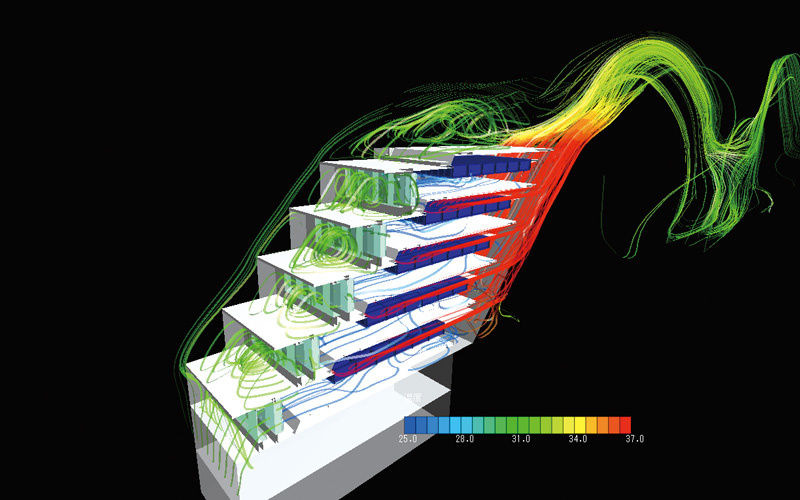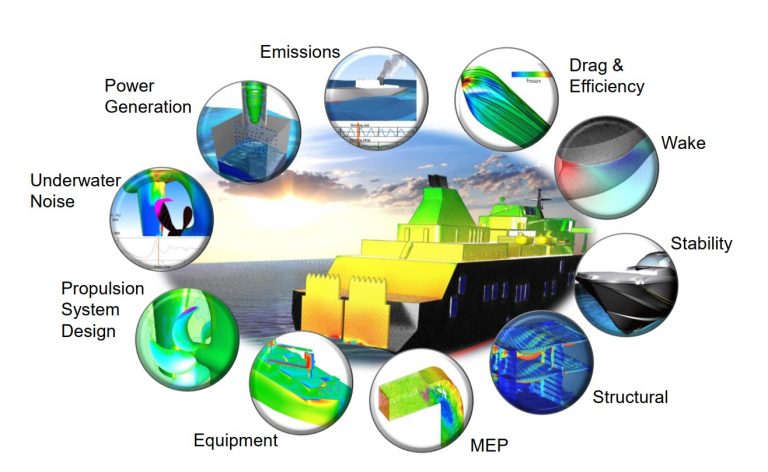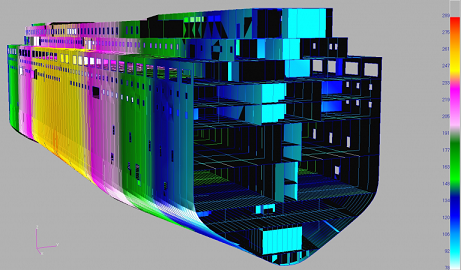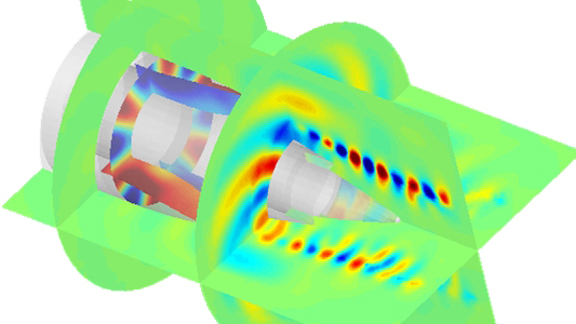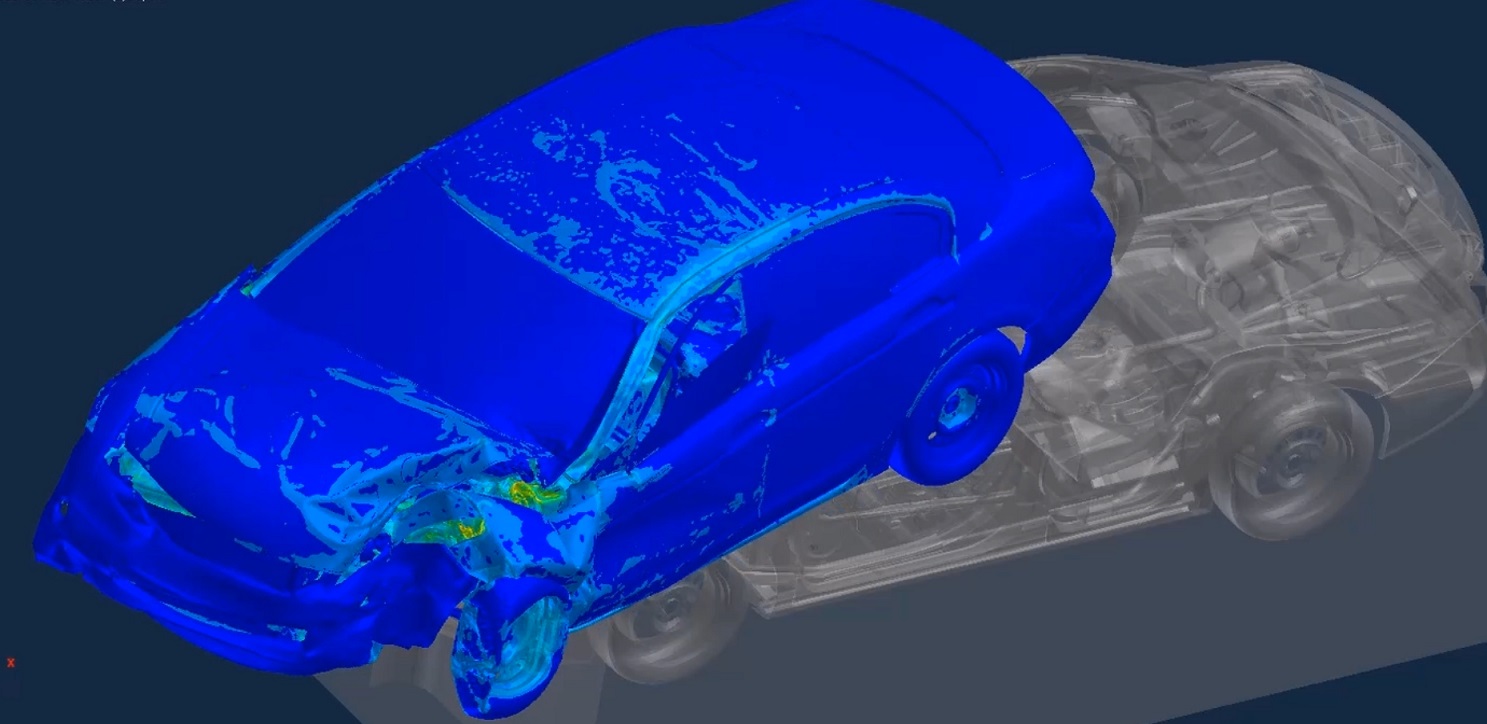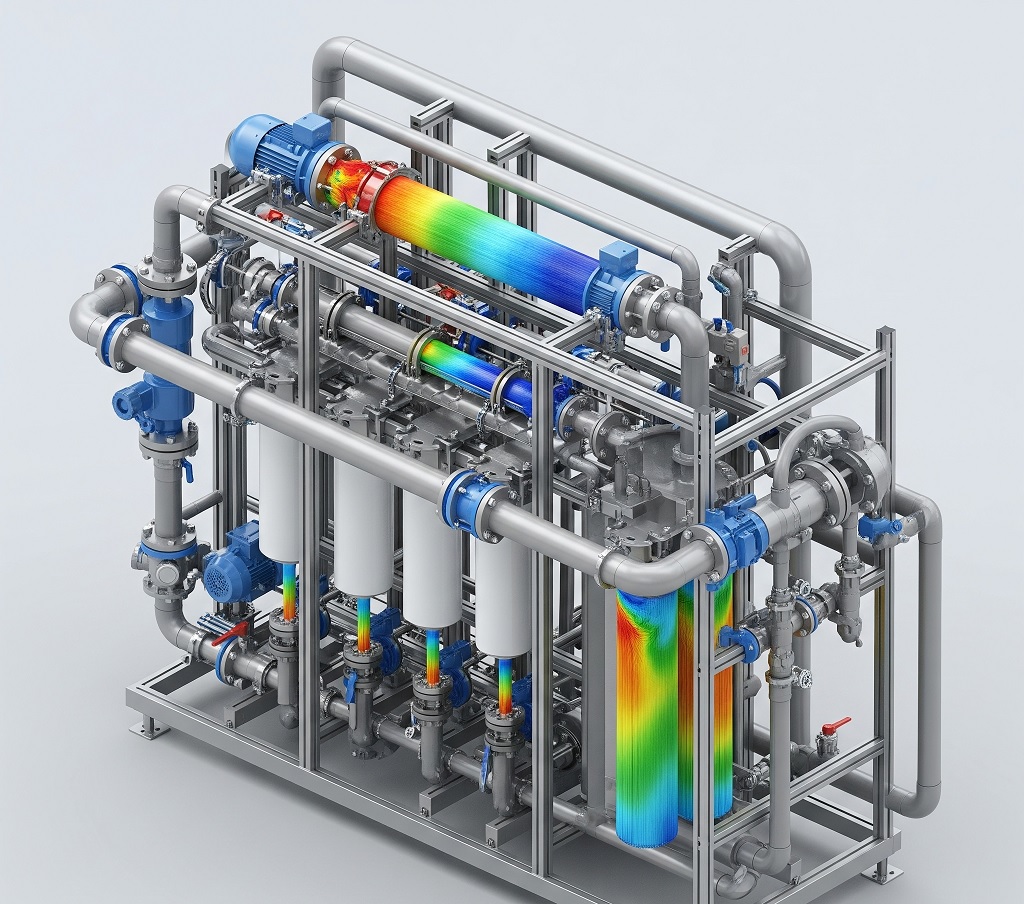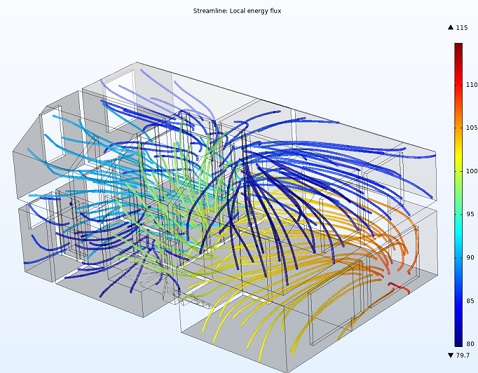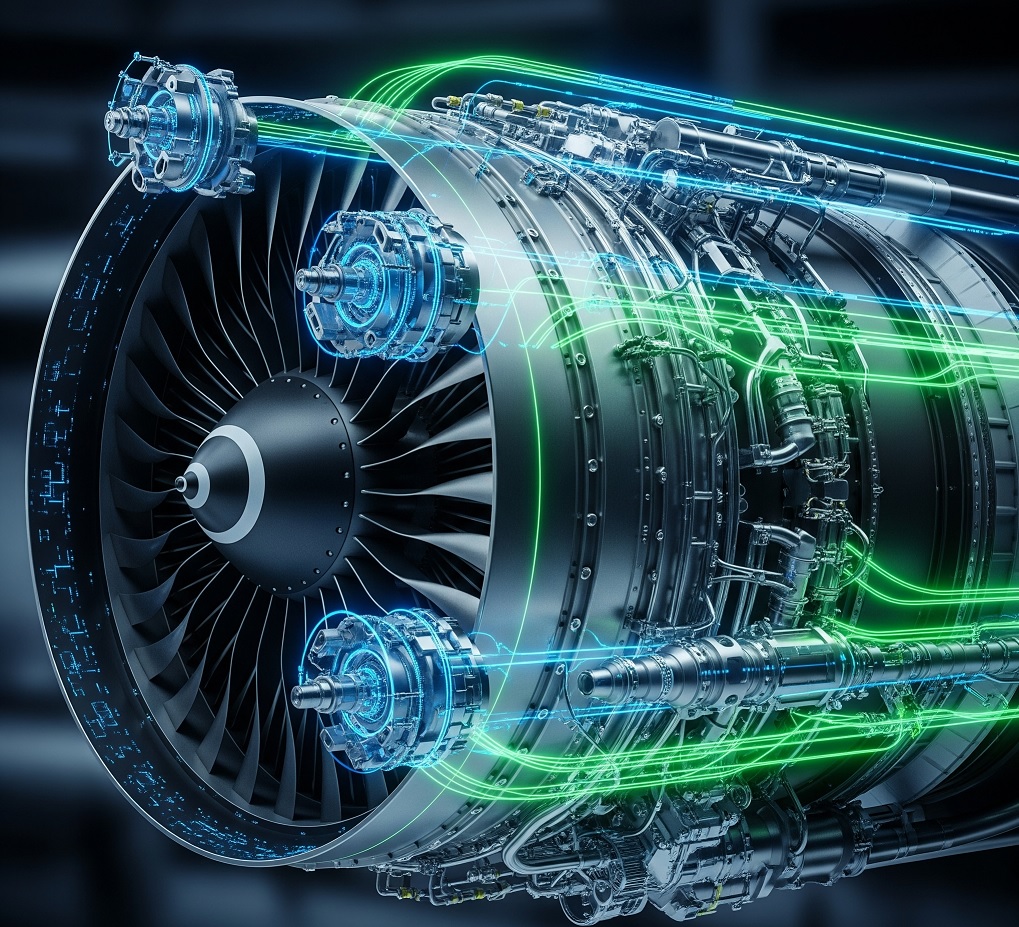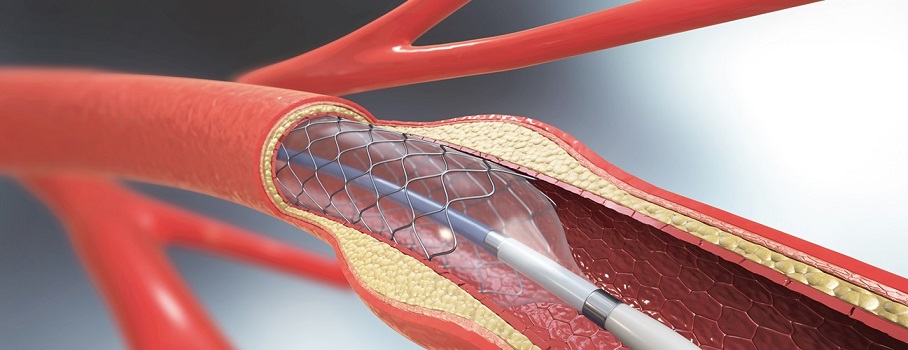HVAC (Heating, Ventilation, and Air Conditioning) systems are an essential component of marine and shipbuilding projects, providing climate control and ventilation for crew and passengers. These systems must be designed to withstand the harsh marine environment, which includes exposure to saltwater, high humidity, and extreme temperatures.
One of the main challenges in HVAC design for marine and shipbuilding is the limited space available for installation. HVAC manufacturers must develop systems that are compact and lightweight, while still providing high capacity and efficiency. This requires careful consideration of the layout and arrangement of components, as well as the use of advanced materials and technologies.
Another challenge is ensuring the safety of crew and passengers. HVAC systems must be designed to minimize the risk of fire and other hazards, and must be installed and maintained in accordance with strict regulations and guidelines.
Logistics is another important consideration in HVAC design for marine and shipbuilding. HVAC components must be transported and installed in often remote and challenging locations, which can be difficult and expensive. Effective planning and coordination is essential to ensure that components are delivered on time and in the correct sequence.
Finally, quality assurance and overall performance are critical factors in HVAC design for marine and shipbuilding. HVAC systems must be tested and certified to ensure that they meet the required standards for performance, reliability, and safety.
Manufacturers and vessel builders in the marine and shipbuilding industry by leveraging the Simulation Dynamics experience in utilize simulation technology including Finite Element and CFD, can develop systems that are more durable, efficient, and effective, while vessel builders can ensure that the HVAC systems installed in their vessels meet their requirements for performance, safety, and reliability.


